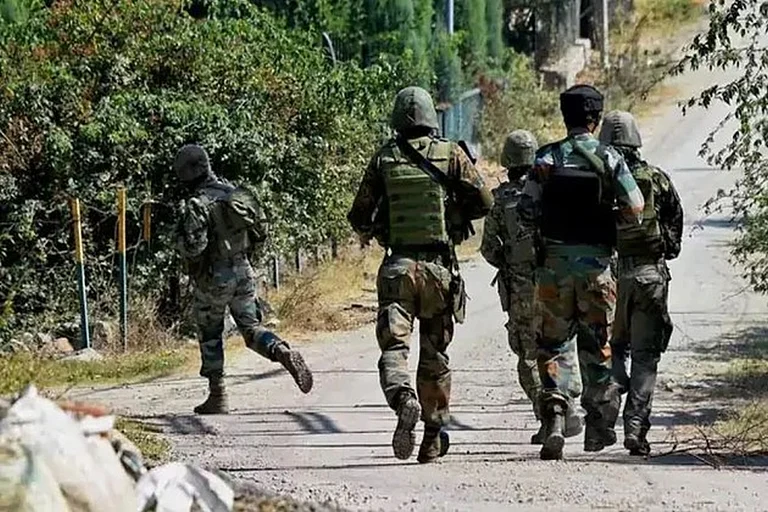The Amarnath yatra is set to take place from July 3 to August 9, 2025 in Kashmir with three-tier security arrangements in place at all base camps and along the entire stretch of the pilgrimage. Addressing a press conference, Jammu and Kashmir LG VK Sinha said that “High-definition cameras are in place, and a modern command-and-control center is monitoring the Yatra 24/7. A separate police control room is also functioning continuously."
Amarnath Yatra 2025: Will Tourism Make A Comeback?
Every year, thousands of devotees participate in the yatra to offer their prayers and seek blessings from Lord Shiva.
The yatra is expected to be the first major tourism influx into the region since the Pahalgam terror attack that occurred on April 22. The valley has witnessed a drastic reduction in tourism footfall since the attack, raising concerns about the local economy.
From pony operators to hotel owners, a significant portion of the population around the Kashmir valley relies on tourism for sustenance. The yatra is carried out from two routes – the longer 48-kilometre route from Pahalgam or the shorter 14-kilometre route from Baltal in Ganderbal district.
Last year, over 13,000 palkiwalas, pithuwalas, dandis, and horses were registered with the Labour Department for the pilgrimage from the Baltal route. According to reports, over three lakh devotees have already registered for the event. Lieutenant Governor of Jammu and Kashmir Manoj Sinha on Thursday asserted that the overall turnout has seen a 10.19% drop compared to last year. “Before April 22, 2,36,801 people had registered. After the incident, there was a slight drop, but as of yesterday, over 85,000 pilgrims have confirmed their Yatra,” LG Manoj Sinha said while addressing a press conference.
Security Arrangements for the Yatra
The Shri Amarnathji Shrine Board (SASB) announced on Wednesday that there will be no helicopter services for the pilgrims this year. The directive came following an order by the Jammu and Kashmir government declaring the Amarnath yatra routes as a no fly zone between July 1 to August 10.
Addressing the press conference, LG Sinha stated that RFID tracking has been made mandatory for every pilgrim to ensure real-time monitoring. "After eKYC, all pilgrims and service providers are issued RFID cards.
Unprecedented security measures including nearly 50,000 CRPF troops, surveillance drones and bomb squads will also be deployed to guard the Amarnath yatris.
Significance of the Yatra
The Amarnath cave, situated at an altitude of 3,888 metres, is considered one of the most holy shrines of Lord Shiva. It is believed that this is where Shiva revealed the secret of immortality to Goddess Parvati and hence, it was named Amarnath. Since the “amar katha” was not meant to be heard by anyone, Shiva and Parvati travelled to this cave. On his way here, Shiva left his bull Nandi at Pahalgam, the moon at Chandanwari and his snakes at the banks of Sheshnag lake. All these spots now form the pit stops in the Amarnath yatra today. According to the legend, no one was supposed to hear the story but two pigeons overheard the story, and became immortal. Even today, spotting pigeons at the shrine is considered auspicious.
